Overview
In extracorporeal membrane oxygenation (ECMO), blood is pumped outside of your body to a heart-lung machine that removes carbon dioxide and sends oxygen-filled blood back to tissues in the body. Blood flows from the right side of the heart to the membrane oxygenator in the heart-lung machine, and then is rewarmed and sent back to the body.
This method allows the blood to “bypass” the heart and lungs, allowing these organs to rest and heal.
ECMO is used in critical care situations, when your heart and lungs need help so that you can heal. It may be used in care for COVID-19, ARDS and other infections.
Why it's done
ECMO may be used to help people who are very ill with conditions of the heart and lungs, or who are waiting for or recovering from a heart transplant. It may be an option when other life support measures haven’t worked. ECMO does not treat or cure a disease, but can help you when your body temporarily can’t provide your tissues with enough oxygen.
Some heart conditions in which ECMO may be used include:
- Heart attack (acute myocardial infarction)
- Heart muscle disease (decompensated cardiomyopathy)
- Inflammation of the heart muscle (myocarditis)
- Life-threatening response to infection (sepsis)
- Low body temperature (severe hypothermia)
- Post-transplant complications
- Shock caused by the heart not pumping enough blood (cardiogenic shock)
Some lung (pulmonary) conditions in which ECMO may be used include:
- Acute respiratory distress syndrome (ARDS)
- Blockage in a pulmonary artery in the lungs (pulmonary embolism)
- Coronavirus disease 2019 (COVID-19)
- Defect in the diaphragm (congenital diaphragmatic hernia)
- Fetus inhales waste products in the womb (meconium aspiration)
- Flu (influenza)
- Hantavirus pulmonary syndrome
- High blood pressure in the lungs (pulmonary hypertension)
- Pneumonia
- Respiratory failure
- Trauma
Risks
The most common risks that may occur with ECMO include:
- Bleeding
- Blood clot (thromboembolism)
- Blood clotting disorder (coagulopathy)
- Infection
- Loss of blood in hands, feet or legs (limb ischemia)
- Seizures
- Stroke (part of the brain is damaged by loss of blood or by a blood vessel that bursts)
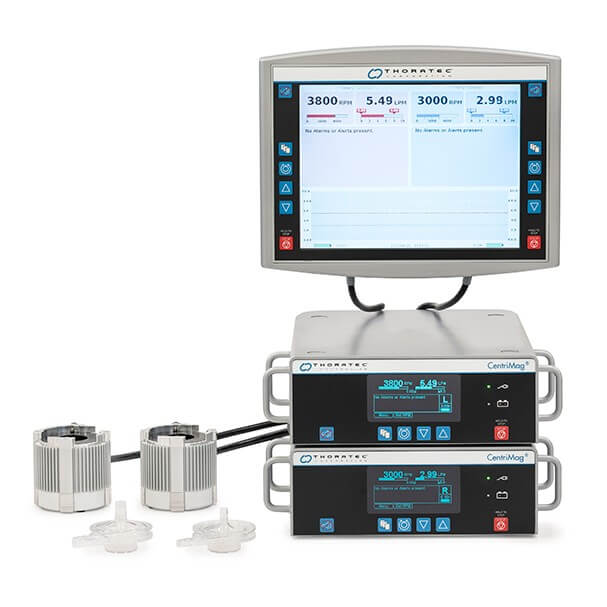
ECMO Circuit Disposables
Extra Corporeal Membrane Oxygenation (ECMO) is most effective in placing the traditional baggages away
for treating patients with high risks.
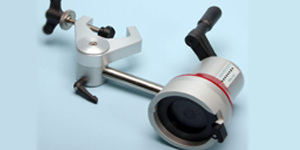
Rota Flow Emergency Drive
designed for secure handling and fast fixation on the mast when every second counts.
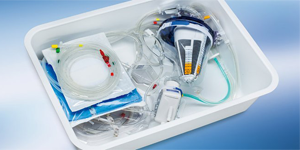
Custom Tubing Packs
a comprehensive range of premium components, including tubing, connectors, fittings, monitoring cells and more.
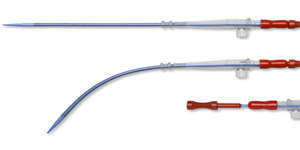
Arterial Cannula OptiSite
the arterial cannula optisite provides greater flexibility through a variety of safe cannulation sites. designed to combine multiple surgical techniques and clinical preferences.
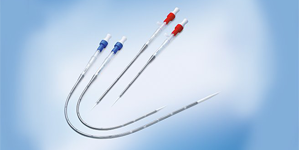
HLS Cannulae Set
designed for veno-venous and veno-arterial vessel access, these provide easy and safe connection of peripheral vessels to an extracorporeal circuit.
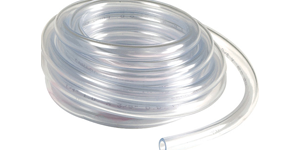
PVC Tubing
pvc tubing offers an expansive scope of compound and erosion resistance.
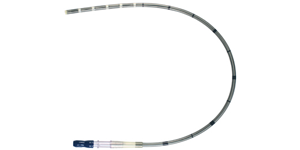
Femoral Venous Cannulation
quickdraw venous cannula serves to drain non-oxygenated blood from the vena cava and/or right atrium during cardiopulmonary bypass surgery.
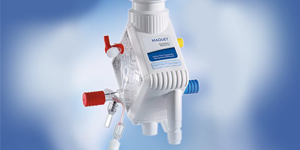
QUADROX-I Neonatal And Pediatric
the world’s smallest oxygenator with an integrated arterial filter.
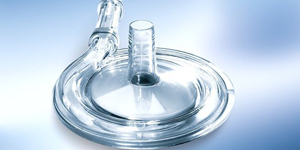
ROTAFLOW Centrifugal Pump
engineered with simplicity and sophistication, it is one of the smallest centrifugal pumps available.
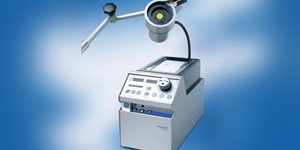
ROTAFLOW Console
the rotaflow console operates independently as a stand-alone console with its own battery back-up and power supply.
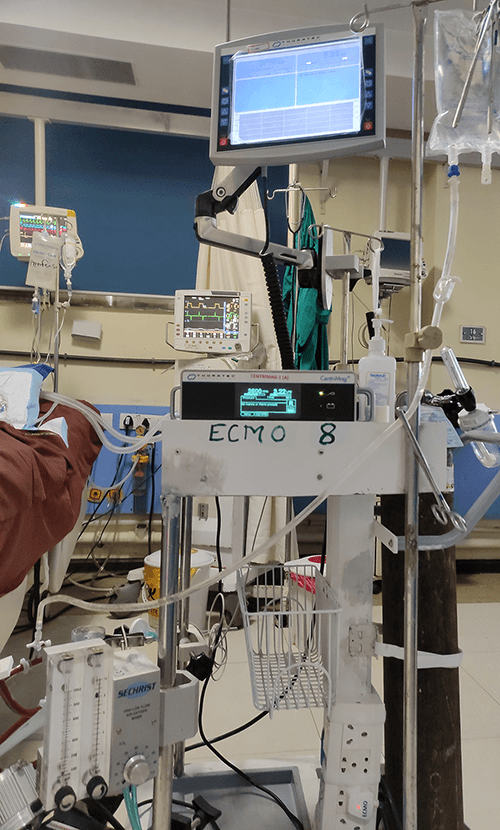
How you prepare
ECMO is used when life support is needed after surgery, or when you are very ill and your heart or lungs need help so that you can heal. Your doctor will decide when it may be helpful. If you need ECMO, your doctor and trained respiratory therapists will prepare you.
What you can expect
Your doctor will insert a thin, flexible tube (cannula) into a vein to draw out blood and a second tube into a vein or artery to return warmed blood with oxygen to your body. You will receive other medications, including sedation, to make you comfortable while receiving ECMO, and may not be able to talk during this time.
Depending on your condition, ECMO can be used for a few days to a few weeks. The amount of time you receive ECMO depends on your condition. Your doctor will talk with you or your family about what to expect.
Results
The outcomes associated with ECMO depend upon the severity of the health condition that led to use of ECMO. Your doctor can explain how helpful ECMO may be in your situation.
Clinical trials
Explore Mayo Clinic studies testing new treatments, interventions and tests as a means to prevent, detect, treat or manage this disease.
